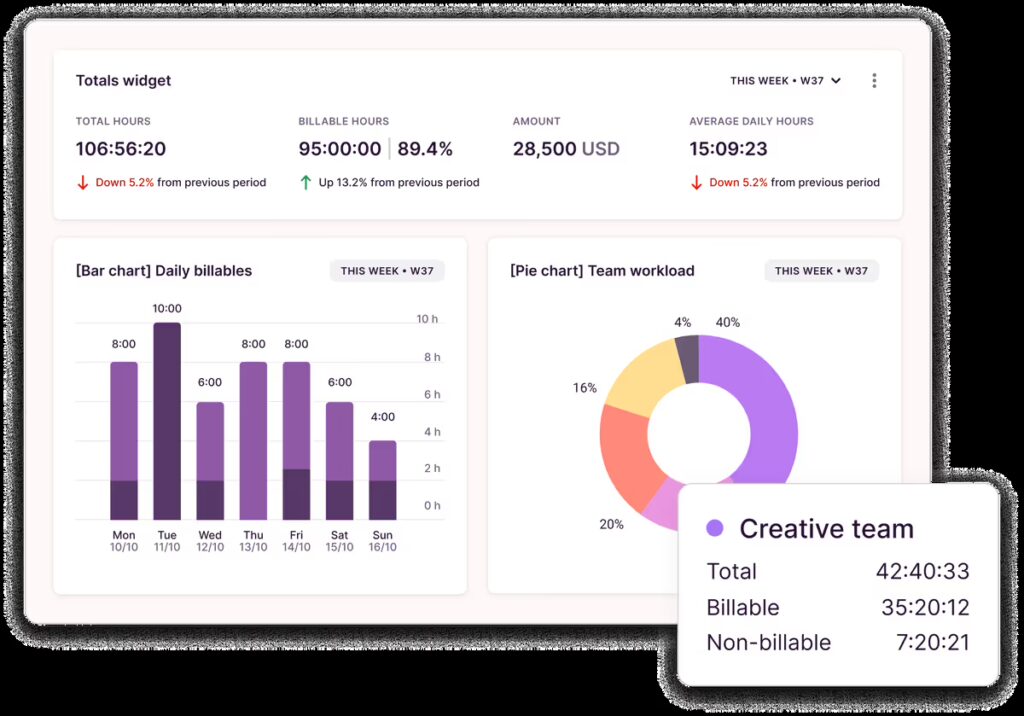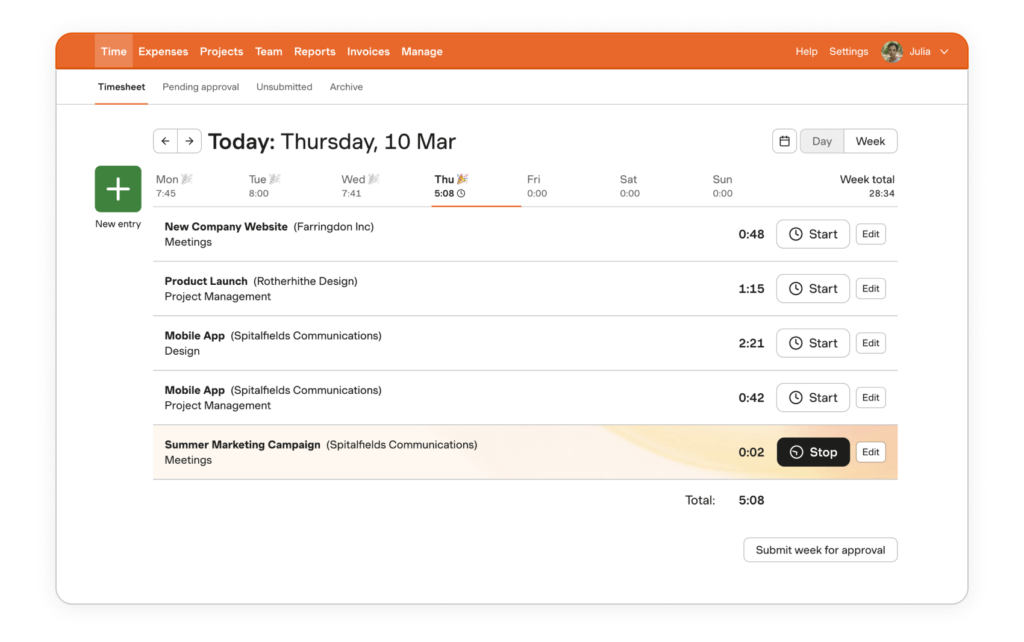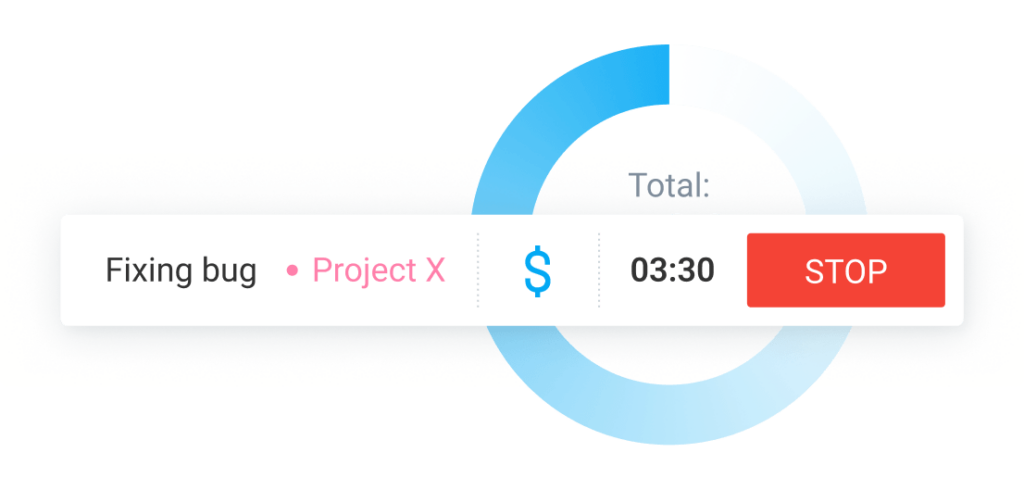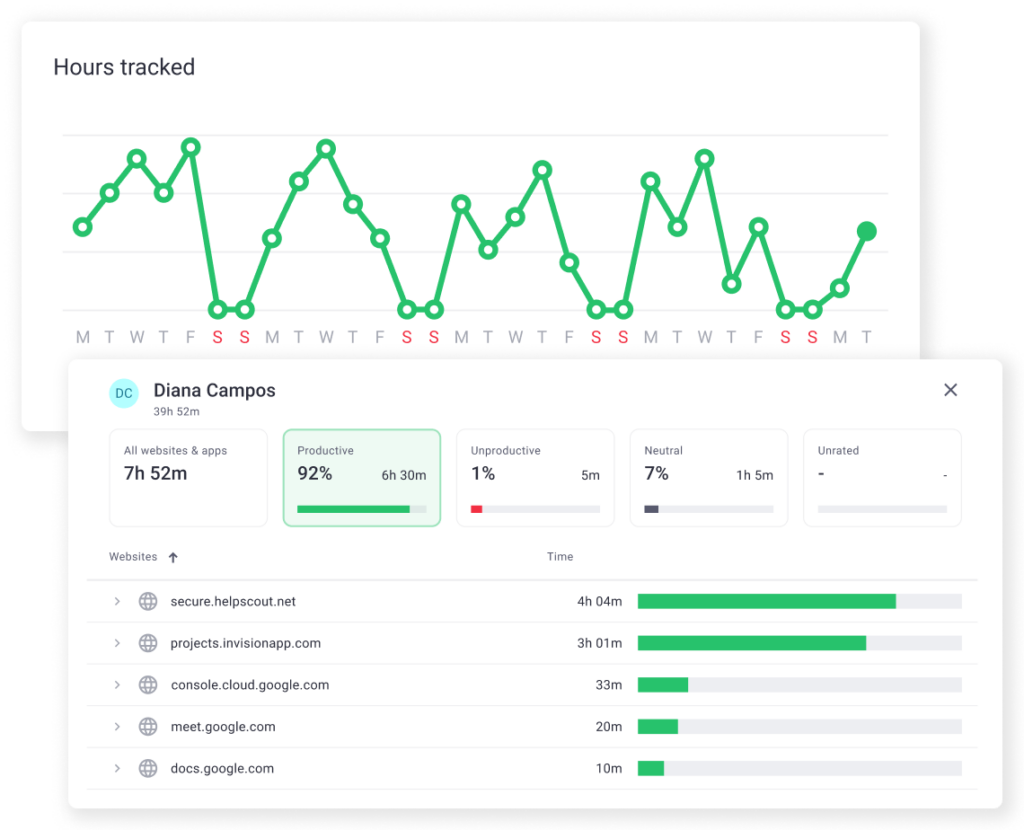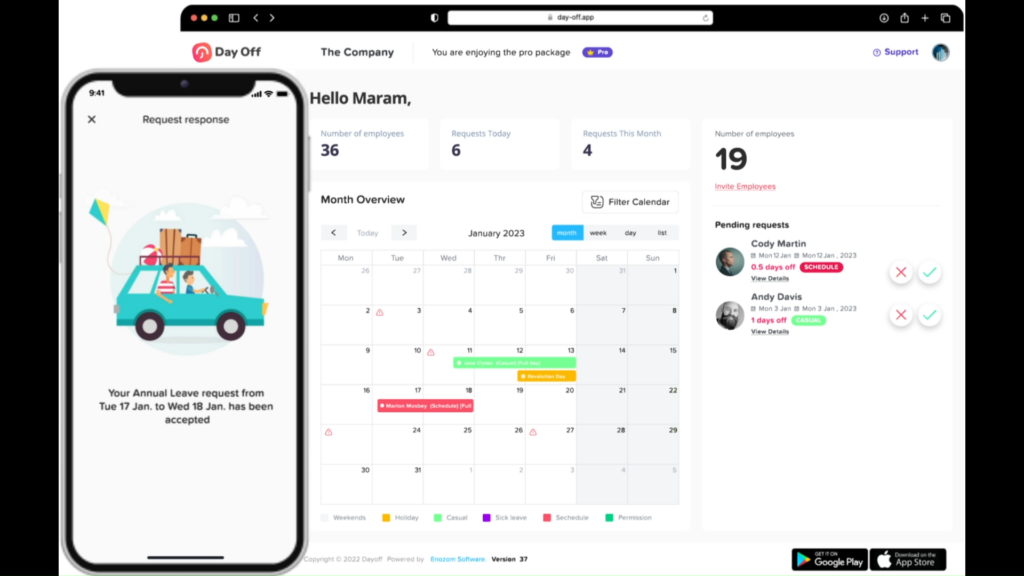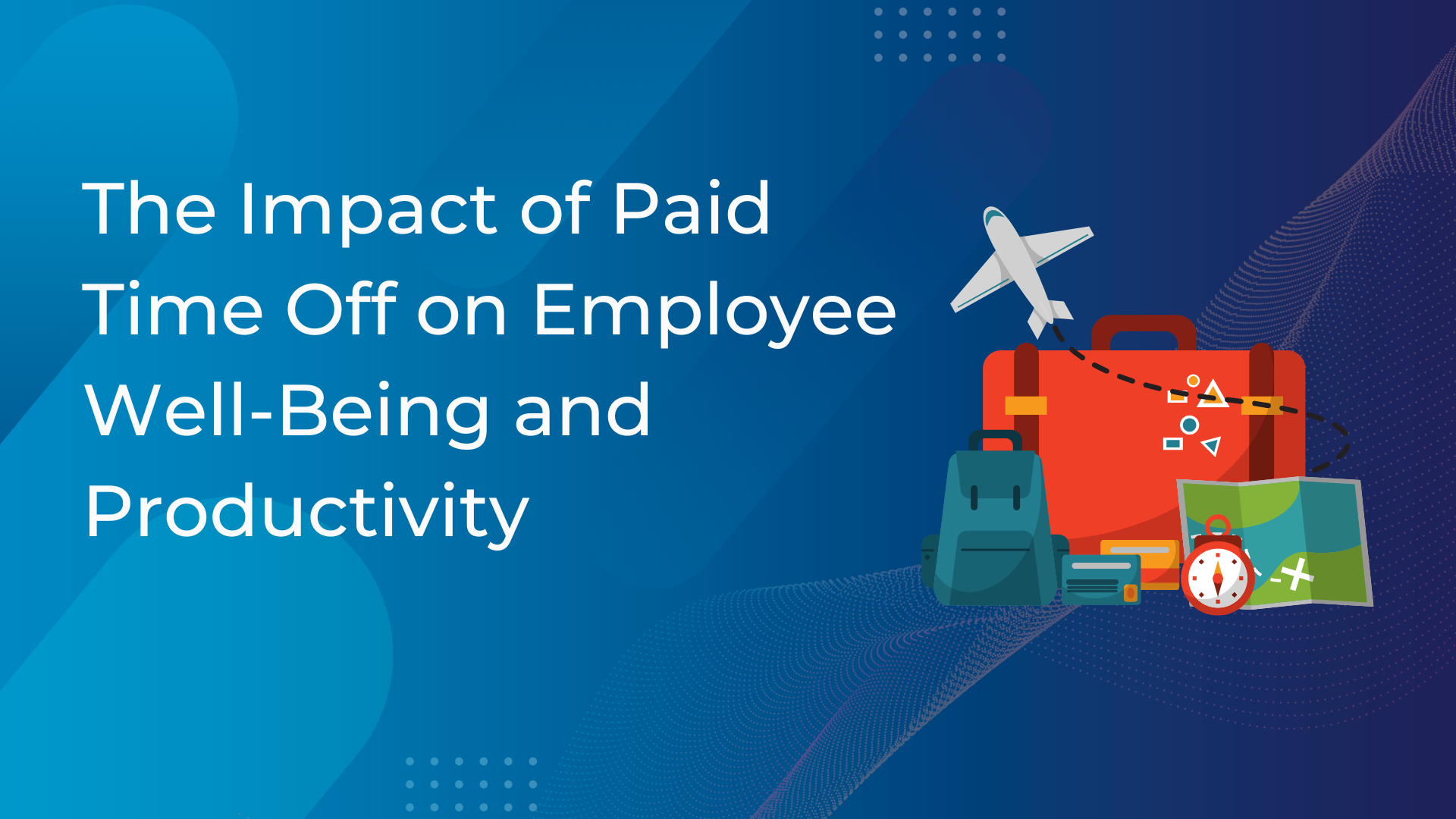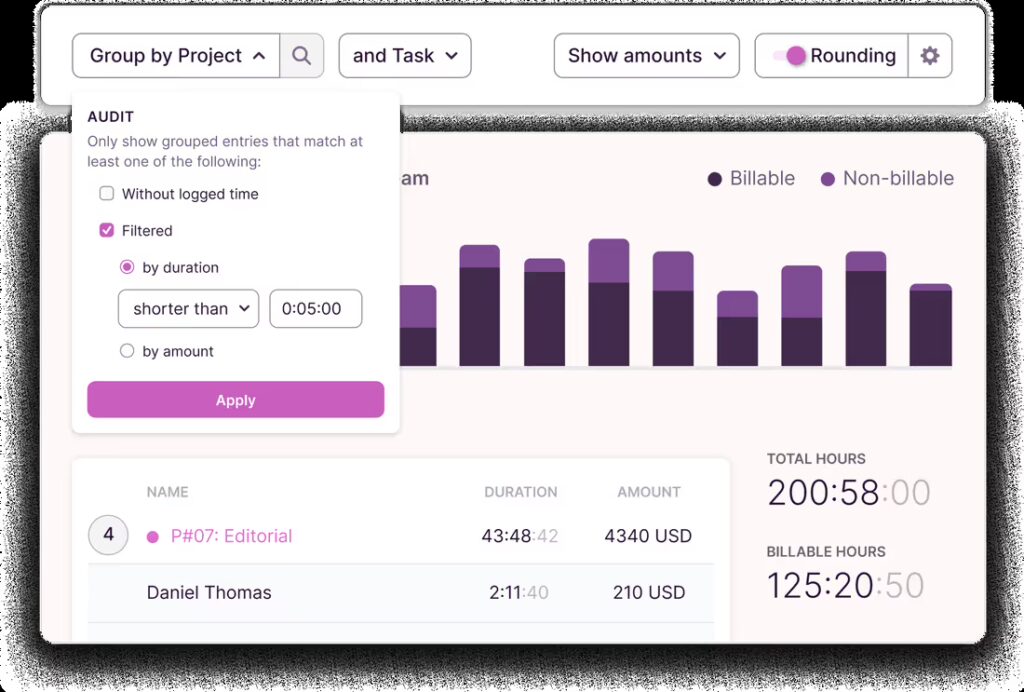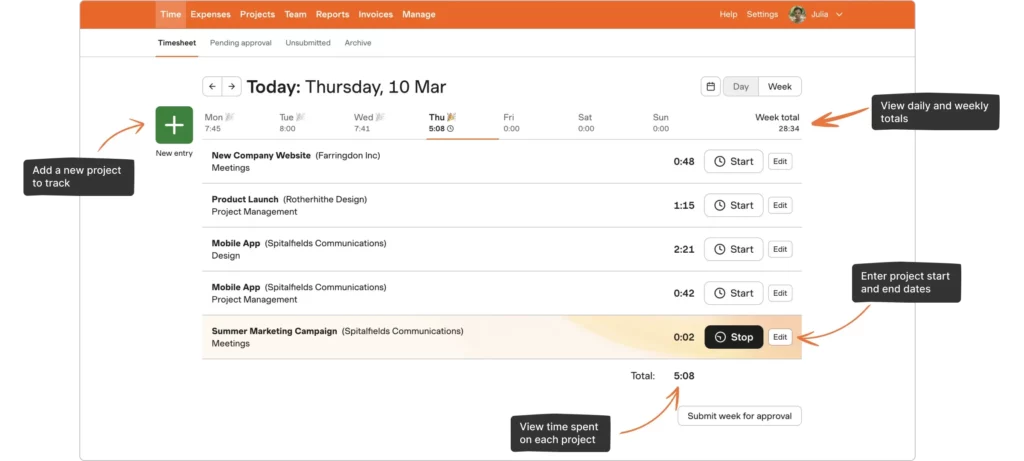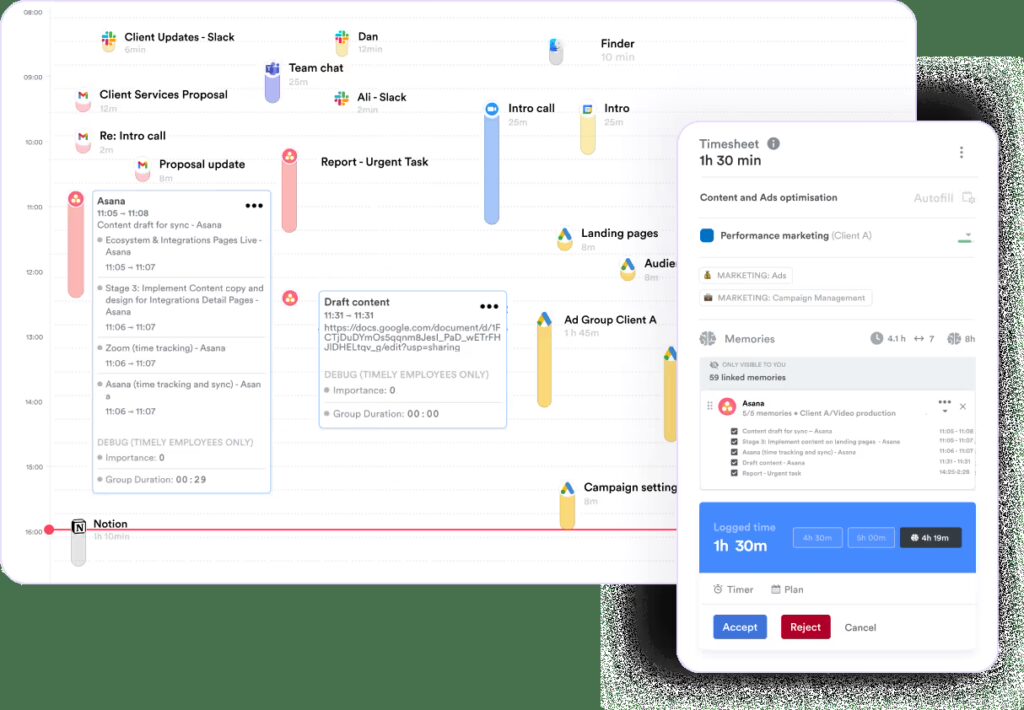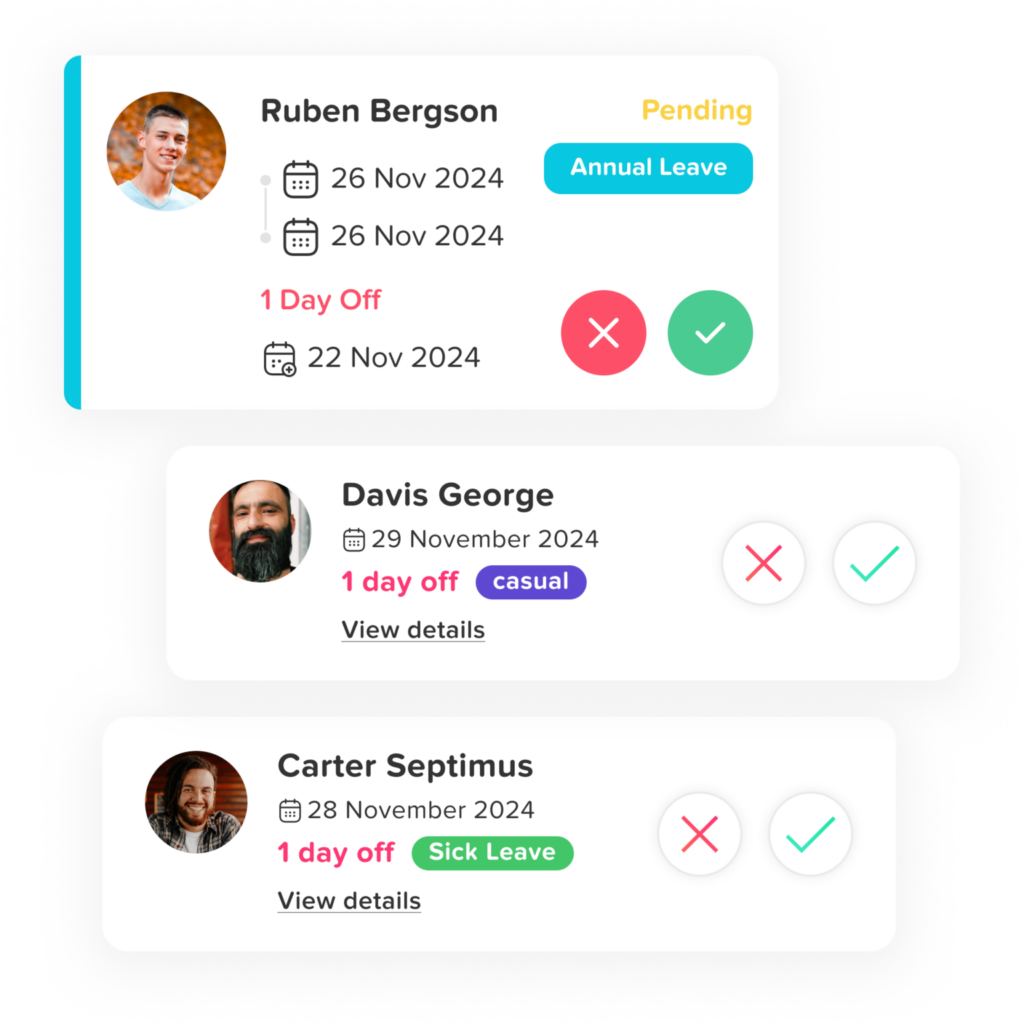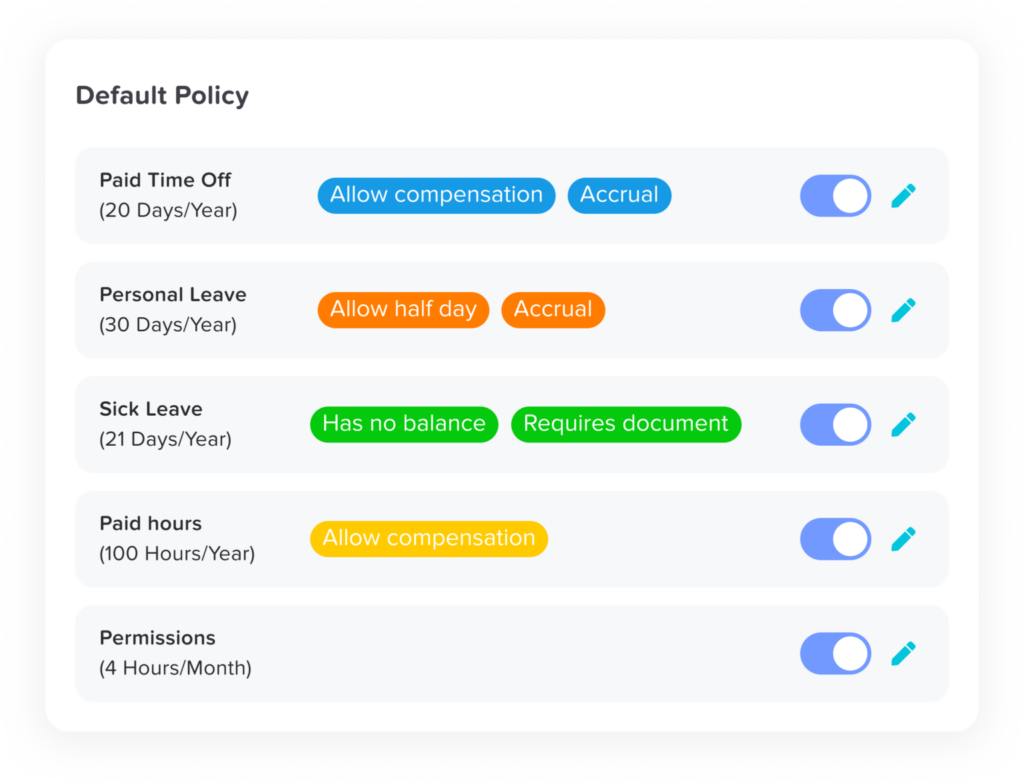In a world that celebrates hustle culture and constant availability, it’s easy to overlook the importance of something as simple but essential as a break, even if it’s an unpaid break. Breaks are not just a legal requirement in many places; they’re critical to your health, well-being, and long-term productivity.
But what happens when your manager consistently makes you work through your unpaid break? It’s a frustrating situation, and unfortunately, it’s more common than it should be. Whether it’s being asked to “just answer one email” or cover a task while trying to eat lunch, it’s important to understand that this behavior is not only unfair, it might also be illegal.
This guide will walk you through what to do if you’re regularly being asked to work through your unpaid break, how to protect your rights, and how tools like Day Off can help you and your employer maintain a healthier, more sustainable workplace.
Why Unpaid Breaks Matter
Unpaid breaks are meant to give you uninterrupted, off-the-clock time to rest, reset, and decompress. You’re not supposed to do any work-related tasks during this time, and if you do, you must be compensated.
Skipping breaks or working through them can:
Lead to mental and physical exhaustion.
Increase the risk of burnout.
Hurt productivity and morale.
Potentially violate labor laws, exposing your employer to legal consequences.
Understanding your rights is the first step to standing up for them.
Understanding Your Legal Rights
Understanding your legal rights is crucial when it comes to unpaid breaks. Break and rest period laws are designed to protect employees from exploitation and ensure they have time to rest and recharge during the workday. These regulations vary by country, and often by state or province, but the core principles remain the same: if you’re working, you should be paid.
United States: Federal Labor Laws (FLSA)
Under the Fair Labor Standards Act (FLSA), the primary federal law governing wages and hours in the U.S.,there are clear guidelines around break time:
All hours worked must be paid, even if the work occurs during a scheduled break.
Short breaks (typically 5–20 minutes) are considered part of the workday and must be paid.
Meal breaks (usually 30 minutes or longer) can be unpaid, but only if you are completely relieved of all work duties during that time.
If you’re asked to stay on-call, answer emails, take phone calls, or perform any job-related tasks during your break, it must be paid time, regardless of what it’s labeled as.
Important: Just because a break is labeled “unpaid” doesn’t make it legal if you’re still working. If you’re not truly off-duty, you’re entitled to compensation.
International & Regional Labor Laws
Break laws differ significantly around the world, but most developed labor systems provide protections similar to those in the U.S., often with even stronger enforcement.
Canada (Example: Ontario)
Employees are entitled to at least one 30-minute unpaid meal break for every five consecutive hours worked.
Employers are not required to pay for this break as long as the employee is free from work during the time.
If the employee is asked to do work during their break, even briefly, that time must be counted and compensated.
United Kingdom
Under the UK’s Working Time Regulations, employees have the right to:
- One uninterrupted 20-minute break if the workday exceeds six hours.
- This break can be unpaid, but the employee must not be required to perform any work during that period.
European Union
Most EU countries follow or exceed the EU’s Working Time Directive, which mandates:
- A minimum daily rest break, usually after six hours of work.
- Weekly rest periods and maximum working hours to prevent overwork and protect worker health.
Specific rules vary, but rest periods are typically protected by law and enforced through labor agencies.
Step-by-Step: What to Do If You’re Being Asked to Work During Unpaid Breaks
Dealing with unpaid break violations can be uncomfortable, but with the right approach, you can advocate for yourself effectively and professionally. Here’s a detailed, step-by-step guide to help you take action and protect your rights.
Start Documenting Every Instance
The most important thing you can do is create a clear, detailed paper trail. Documentation gives you credibility and evidence if the issue escalates.
What to Record:
Date and time of each interrupted or skipped break.
Task performed during that time (e.g., responding to emails, taking customer calls).
Whether it was paid or unpaid time on your timecard.
Any relevant communication from your manager (emails, Slack, texts, or verbal instructions if you can note them)
Pro Tip: Use a spreadsheet, journal app, or digital notes tool. Some people forward emails or Slack messages to a personal folder for safekeeping (just be mindful of company policy when doing this).
This information becomes critical if you ever need to escalate the issue to HR or a labor authority.
Review Your Company’s Policy
Before raising the issue, understand what your employer has already committed to. Many organizations have written policies around:
Break lengths and timing.
Expectations during unpaid periods (e.g., whether you’re expected to be reachable).
How time is logged, especially if time-tracking tools are involved.
You’ll usually find this in the employee handbook, HR portal, or internal documentation.
Being familiar with your company’s own rules gives you more authority. It allows you to position your concern not as a complaint, but as a request for consistency and policy alignment.
Communicate with Your Manager (Respectfully and Professionally)
Before escalating the situation, have a calm, constructive conversation with your manager. Many times, this step alone can lead to resolution, especially if your manager is unaware of the impact.
How to Approach It:
Stay professional and avoid sounding accusatory.
Emphasize your desire to follow the rules and maintain good performance.
You can say something like:
“Hi [Manager’s Name], I wanted to talk about my break times. I’ve noticed that I’m often asked to jump in on tasks during my unpaid lunch break, and I just want to clarify what’s expected. I want to make sure I’m following protocol and also getting the break time I’m entitled to so I can stay focused and productive throughout the day.”
Bonus Tip: Consider putting your concern in writing via email or chat (especially if it continues), so there’s a timestamped record of your effort to resolve it professionally.
Escalate to HR or a Higher-Level Manager
If the issue continues despite your respectful communication, or if your manager responds dismissively, it’s time to take it a step further.
What to Do:
Set up a meeting with HR or a trusted senior leader.
Share your documentation clearly and factually.
Reference relevant laws (like the FLSA) or company policy to reinforce your point.
Be clear that this is not a one-off incident, but a consistent pattern affecting your well-being and possibly violating labor regulations.
Focus on resolution, not blame. You’re not making trouble, you’re advocating for your rights.
File a Formal Complaint (If Necessary)
If you’ve already tried resolving the issue internally, such as speaking with HR or your manager, and the problem persists, it may be time to take formal action. Filing a complaint with your local labor authority ensures your concerns are reviewed by the proper agency and handled according to employment law.
United States
File a complaint with the Wage and Hour Division (WHD) of the U.S. Department of Labor if your rights have been violated, such as unpaid wages, overtime issues, or denied leave.
dol.gov/agencies/whd
Canada
Reach out to your provincial or territorial Employment Standards Office.
Each province, for example, Ontario, British Columbia, or Alberta, has its own complaint procedures and online portals for filing workplace concerns.
United Kingdom
Start by contacting ACAS (Advisory, Conciliation and Arbitration Service).
They’ll help you explore early resolution options before taking your case to an employment tribunal.
acas.org.uk
Important:
Filing a complaint is confidential, and your employer is legally prohibited from retaliating against you for exercising your rights. If you experience any form of retaliation, such as demotion, termination, or harassment, you can report it to the same authority handling your case.
🛠️ How Day Off Can Help You Track Breaks & Protect Your Time
Whether you’re an employee trying to manage your workload without burning out or a manager looking to better support your team’s well-being, Day Off is the perfect tool to help you get time management right. It bridges the gap between productivity and rest, ensuring that both people and performance thrive.
What Is Day Off?
Day Off is a modern, beautifully designed leave management platform that helps organizations simplify and humanize the way they handle time off. More than just a PTO tracker, it’s a complete solution for managing breaks, vacations, and absences, designed to create healthier work habits and prevent burnout.
With Day Off, you can easily:
Request and approve time off in seconds, from any device.
Track PTO, sick leave, and even short breaks, ideal for both salaried and hourly employees.
Avoid over-scheduling and understaffing by keeping everyone’s availability visible in one place.
Build a culture that values rest and recovery, not just hours worked.
By making time-off management transparent and effortless, Day Off empowers employees to recharge and helps managers maintain balance across teams. The result? A workplace where rest isn’t overlooked, it’s part of the performance strategy.
Key Features:
Employee Self-Service Dashboard
Empower your team with full visibility and control. Employees can easily check their available time off, submit leave requests, and track approvals, all from one intuitive dashboard. No more spreadsheets, back-and-forth emails, or confusion about balances.
Leave Calendar
A shared, interactive calendar keeps everyone on the same page. Teams can instantly see who’s off and when, helping managers avoid scheduling conflicts and last-minute coverage gaps that often lead to missed breaks or burnout.
Notifications and Approvals
Automated notifications ensure that leave requests never fall through the cracks. Managers receive instant alerts for new requests and approvals, making it simple to plan schedules and shifts around team availability.
Custom Leave Types
Every workplace is unique, so Day Off lets you create and manage custom leave categories such as:
Sick leave
Personal time
Work-from-home days
Scheduled breaks for shift or hourly workers
This flexibility ensures your leave policy reflects your company’s real-world needs.
Reports and Insights
Managers and HR teams gain access to powerful analytics that reveal time-off patterns, team workload trends, and early signs of burnout. These insights enable proactive planning to maintain balance, productivity, and employee well-being across your organization.
Why This Matters for Break Compliance
Many break violations happen not because of ill intent, but due to poor planning and lack of visibility. Tools like Day Off give employers and employees a clear, transparent system for managing rest and recovery time.
Instead of relying on sticky notes, verbal approvals, or emails that get lost in the shuffle, Day Off centralizes everything. It encourages healthy boundaries and helps teams stay aligned with labor law requirements and company policies.
FAQ: Working During Unpaid Breaks
What if I choose to work through my unpaid break, am I still entitled to pay?
Yes. Even if you voluntarily work during your unpaid break (e.g., finishing up tasks or checking emails), your employer is legally required to pay you for that time. Under labor laws like the U.S. FLSA, if an employer “suffers or permits” an employee to work, it must be compensated, regardless of whether it was requested or initiated by the employee.
Can I waive my break entirely if I want to work through it?
It depends on your location and employer policy. Some jurisdictions allow waiving meal breaks under certain conditions (e.g., California permits it if the workday is under 6 hours), but many require that breaks be taken or formally documented if waived. Employers must still comply with labor laws, and it’s generally discouraged for workers to consistently skip breaks.
What if I work through my break to “stay caught up” or avoid falling behind?
While this is a common reality in high-pressure jobs, it’s a sign of a larger workplace issue, like unrealistic workload or poor staffing. If you’re consistently working through your breaks to keep up, your employer should:
Adjust responsibilities,
Increase support or staffing,
Or revise deadlines.
You are still entitled to compensation for that time, even if it wasn’t explicitly required.
What if my manager says, “Just clock out and take the call, it won’t take long”?
This is a red flag. If you’re clocked out, you are off the clock and not legally supposed to be working. Even small tasks (a “quick call” or answering one email) count as work time and must be paid. This behavior violates wage laws and should be documented.
What should I do if my coworkers are also experiencing this, but no one wants to speak up?
This is more common than you think. If you and your coworkers are being asked to work through unpaid breaks, consider:
Bringing the concern forward as a group.
Suggesting an anonymous HR feedback tool or survey.
Sharing documentation collectively.
There’s power in numbers, and presenting it as a team issue can reduce the pressure and highlight systemic problems.
What if I’m a contractor or freelancer, do break laws still apply?
Most break-related labor protections apply to employees, not independent contractors. However, some gig platforms or companies misclassify employees as contractors. If you’re regularly working fixed hours and under employer control, you might legally be considered an employee and entitled to breaks and protections. It’s worth consulting a legal advisor in this case.
Can I be fired for raising concerns about unpaid breaks?
In most countries, retaliation for asserting your labor rights is illegal. This includes being fired, demoted, or mistreated for bringing up unpaid work concerns. If you’re worried about retaliation, document everything and escalate through proper channels (HR, legal aid, or labor board) as discreetly and professionally as possible.
Does Day Off App track breaks too, or just full days off?
Day Off is primarily built for tracking vacation, sick leave, and personal days, but it’s also valuable for managing and planning breaks for shift-based teams. While it doesn’t function as a break timer, its shared calendars and leave insights help managers better plan around employee rest time, reducing pressure on others to cover during breaks. It promotes a rest-first culture through smarter planning and visibility.
Final Thought: Don’t Feel Guilty for Protecting Your Time
You’re entitled to rest, not as a perk, but as a legal and human right. Breaks and time off aren’t privileges; they’re essential for your health, productivity, and well-being. Your employer has a duty to respect that balance.
Whether you’re documenting your hours, raising concerns professionally, or reaching out to HR or labor authorities, remember this: protecting your time isn’t a sign of weakness, it’s a sign of self-respect and strength. Taking care of your rights means taking care of yourself, and that’s the foundation of a fair, healthy workplace.





